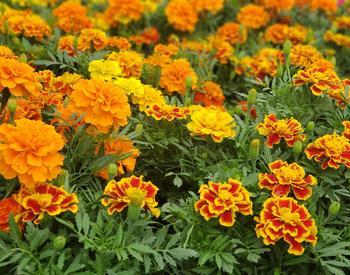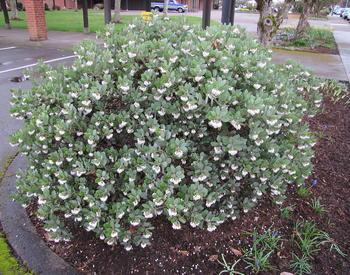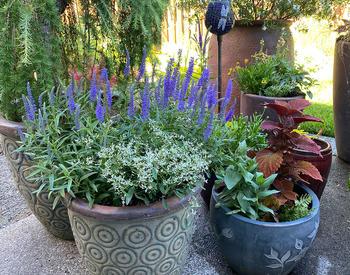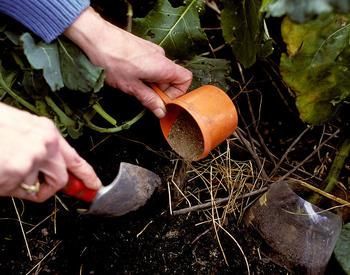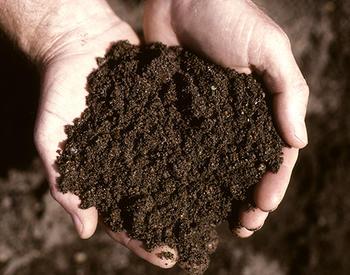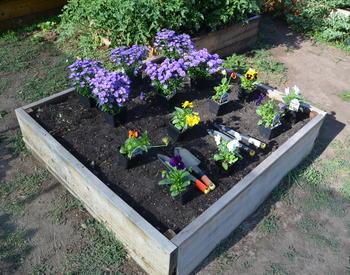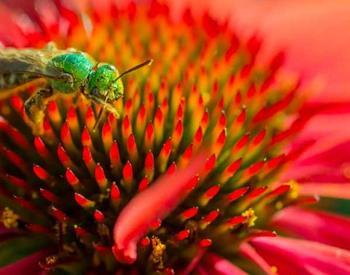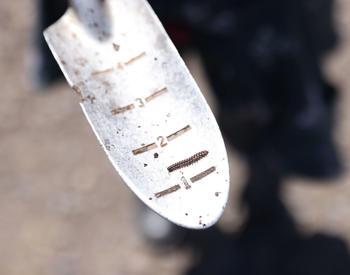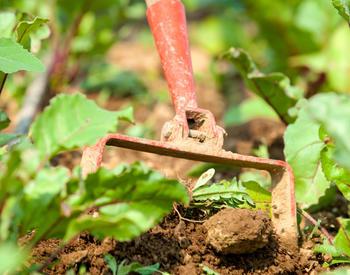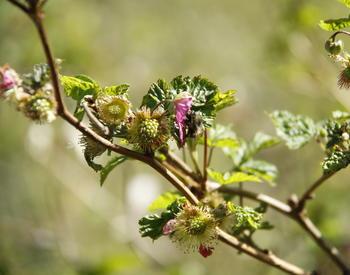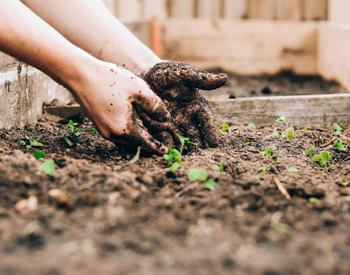For most culinary herbs, especially those used for their leaves, value for cooking is diminished when plants bloom. Plants undergo physiological changes as they transition from vegetative to reproductive phase, and in herbs this often negatively affects the flavor.
Dill is one exception: Since both the leaves and seeds of this plant are used, flowering just changes the part of the plant used in food preparation. Other herbs, like calendula and borage, have edible flowers, while both the leaves and flowers of chives are edible.
As they flower, many herbs become especially attractive to pollinating insects. Dill, parsley, cilantro, and fennel (all members of the Apiaceae plant family) are superstars of the pollinator garden. Leaves are attractive to various swallowtail butterfly larvae, and flowers attract numerous pollinator species. Some herbs also share characteristics sought in cut flowers: fragrance, long stems and long vase life.
Dill
Large, yellow “umbrellas” of dill blossoms could serve as a focal point in a vase arrangement. Stem length will vary with the variety grown, from one to several feet. Larger varieties like ‘Mammoth’ could be used in very large arrangements.
Flowers have a light fragrance and can last a week or more if cut before flowers are fully open. Fennel flowers look similar and have a sweeter fragrance.
Cilantro
This white, frilly flower is actually another “umbel,” made up of many small individual blossoms arranged in an umbrella-like shape. Much smaller than dill flowers, cilantro flowers are suitable as a summery alternative to baby’s breath. Cilantro flower stems are more fragile than their sturdy dill cousins, more suitable in a vase than in floral foam.
Cilantro blossoms are a nice consolation for plants that have “bolted,” or prematurely gone to seed, a common challenge in areas like the Klamath Basin where in summer there is a large spread between the daytime high temperatures and nightly lows. Coriander, used in many types of Asian and Indian cuisine, are the ripened seeds of cilantro.
Anise hyssop
A perennial member of the mint family, anise hyssop has several alternative names, square stems and fragrant leaves similar to licorice, which are used in teas and flavorings. Numerous cultivars (cultivated varieties) exist, so flowers are available in a wide range of colors, including mixes that contain a range of pastel shades.
These tall, spiky flowers are suited to being the “line” flowers in an arrangement, and the square stems are strong enough to easily insert into foam. Strip off any leaves that will be below the water line in the arrangement container. In the garden, anise hyssop flowers attract many types of bees and other pollinators.
Bee balm
Another mint family relative, bee balm stems contain flowers grouped into globe-shaped clusters along the stem that are highly fragrant. Individual blooms don’t last quite as long as some other cut flowers, but the round flower receptacle is also attractive after flower petals have faded.
Bee balms come in red, pink, and lavender shades. Their long stems and unusual flower shape make bee balm a good choice for line or specimen flowers within the arrangement.
Rosemary
Even when not in bloom, rosemary makes a great addition to a flower arrangement as greenery. Semi-woody stems are easy to insert into an arrangement, and the remaining leaves provide fragrance and a green “resting place” for the eye.
When in bloom, the delicate blossoms are used to best advantage in a small arrangement. If the arrangement is kept watered, rosemary can last several weeks in a vase (remember to strip away leaves that will be under the water line).
These are just a few of the ways herbs can be incorporated into a fresh arrangement. A small arrangement including the leaves and blossoms of fragrant herbs can both brighten a space and serve as an air freshener.
Early uses of herbs in fresh arrangements included creating a small bundle of fragrant herbs to hold in the hand while walking outdoors in a city — herbs being much more palatable to the nose than the slops and sewage often dumped into city streets. Such a bundle of flowers and herbs was called a “nosegay.”

